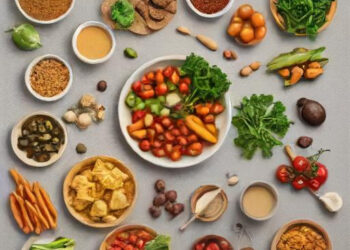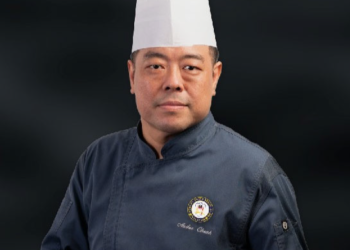– Ayshwaria Lakshmi
Indian festival seasons are known for happiness and love in the air as families come together to cook plenty of food. No less than 10 dishes would be made as offerings to God.
A full South Indian dish are made on the Aaru Suvai Unavu concept, which translated would mean six different taste of food. These are Salt, Spice/Pungent, Sour, Sweet, Bitter, and Astringent. It represents different emotions, Happiness, Sorrow, Anger, Fear, Disgust, and Surprise.
Most of the food cooked would satisfy the first four tastes. The last two are found only in certain dishes in those festival dishes. For bitter a dish using neem, bitter gourd, and others is made. But for Astringent is consumed by eating a Betel leaf after food, as this taste of food helps indigestion. 
ChefBharath.com spoke to Chef Ravichandran, Executive Chef from Green House Barbeque, Chennai about how the astringent taste or known as Diwali Marunthu (Diwali medicinal paste) is usually incorporated in festival dishes and few simple recipes.

“We should first understand, though the name is Diwali Marunthu, it was never a Diwali recipe. It is consumed on almost all the festivals and was offered as dessert during the days when someone would offer food to them all. In my childhood days, they even offered us this after meals in marriages,” said Ravichandran.
This is powder comprising ingredients ranging from bitter to sweet, are sun-dried and ground together. It can be mixed with honey or jaggery as taken as a paste or can be incorporated into desserts and made into a medicinal dessert.
There two recipes to this medicinal powder.
The traditional recipe:
Dry Ginger 50 gm (sukku)
Black pepper 10 gm
Thipili 10 gm
Ajwain 10 gm
Cumin seed 15 gm
Adhi maduram 15 gm
Chitarathai 10 gm
The simplified recipe:
Dry Ginger 20 gm
Pepper corn 15 gm
Tail pepper corn 15 gm
Cumin 15 gm
Ajwain 15 gm
These raw materials are easily found at Ayurvedic shops.
All the ingredients should be dried in the sunlight for half an hour. Then, using a hammer break these down into small size as raw materials will be in big size and will be tough to powder it. After this, powder all the ingredients together.
When adding it to the desserts, add three tablespoons of powder to any jaggery sweets 1kg of dessert, like Dal payasam, millet laddu, jaggery halwa. Jaggery vermicelli kheer.
To our readers, with this, we can now have a safe ‘Deepavali’ and serve our favorite dishes.
Featured picture credits: Jeyashriskitchen.com






